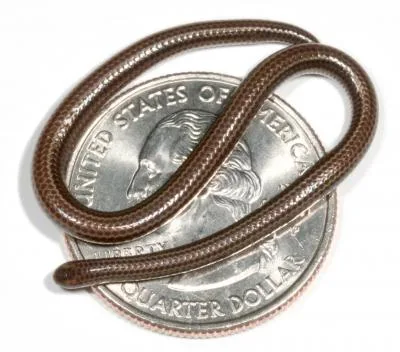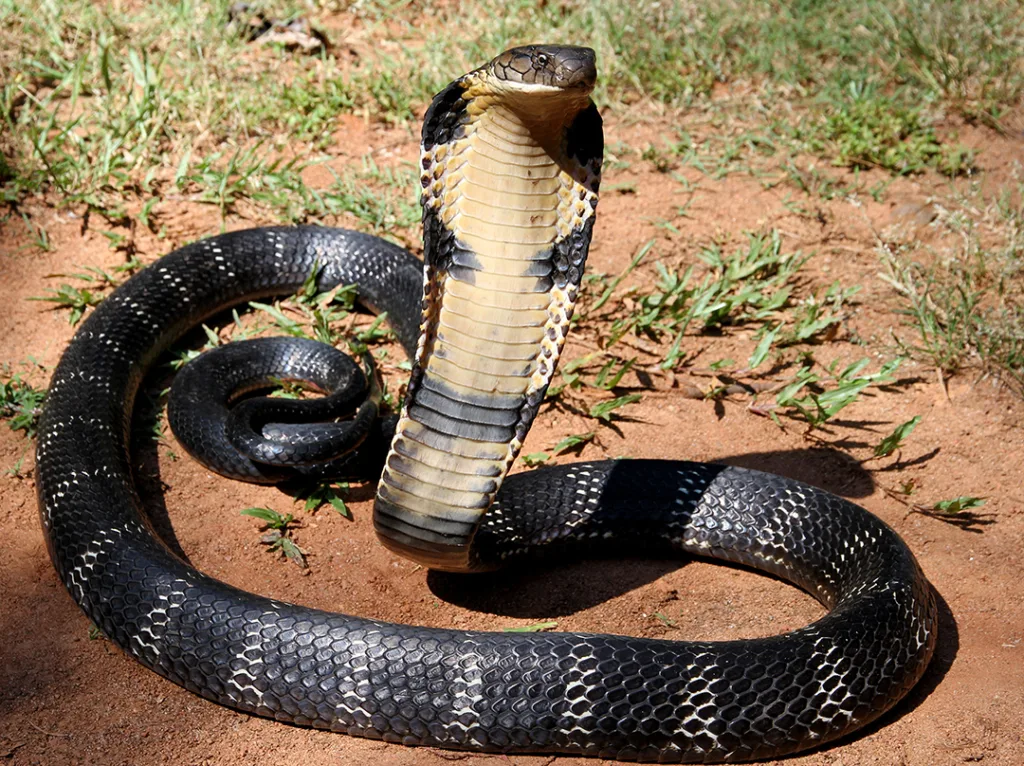INTERESTING FACTS ABOUT SNAKES
- Snake eyes can reveal a snake’s poisonous status.
Non-poisonous snakes often have circular pupils, but venomous snakes typically have slitted or elliptical pupils. Unquestionably one of the snake details to be aware of. There are still some exceptions, though. It’s preferable to avoid a snake if you come across one.
2. There are 600–1800 bones in a snake skeleton, depending on the species.
The 10 bones in each snake’s head and mouth are the same for all snakes, but the ribs and vertebrae are distinct for each snake. For instance, the 600 bones in the 10 cm long thread snake average 200 bones per vertebra and two bones for each rib. Larger and longer snakes have significantly more in comparison.
3. Snakes have a 170-year lifespan.
Snakes may live up to 170 years in captivity, but they only have a 100-year life span in the wild.
4. The venom of the pico jackfruit snake may be able to treat cancer.
South America is home to the Pico jackfruit snake, often known as the bushmaster. Its strong venom causes blood pressure crashes, vomiting, diarrhea, blindness, and a closed throat. Adults can pass away in minutes if neglected. However, researchers are looking at its venom as a cancer treatment. Scientists are experimenting to create venom that specifically targets cancer cells.
5. The longest snake in the world is the reticulated python (Malayopython reticulatus).
The reticulated python (Malayopython reticulatus), the largest snake in the world, usually reaches 6.25 meters in length.

6. Leptotyphlops carlae, a small burrowing member of the snake family Leptotyphlopidae, is known as the Barbados thread snake.
A small burrowing member of the snake family Leptotyphlopidae, the Barbados thread snake (Leptotyphlops carlae) lives in the Caribbean. It is believed to be the tiniest snake known to man, growing to a maximum adult length of just 10.4 cm (4.1 inches) with an average weight of 0.6 g (0.02 ounce).

7. The black mamba is the world’s fastest snake.
One of the deadliest snakes in the world is known as the black mamba. The black mamba is the fastest-moving snake and can move between 4.32 and 5.4 meters per second in an instant. Its poison is quite powerful. The introduction of antivenom has reduced deaths, but the black mamba still claims about 20,000 lives annually in Africa.

8. A pine snake spends most of its time underground.
By entering rodent tunnels and forcing the prey against the walls, the pine snake consumes its meal. During the cold and sweltering summers, it stays underground as well.
9. The Sonoran Coral snake farts when scared.
Most of the time, when you see a snake getting ready to strike, you probably picture it hissing or flashing its teeth. The Sonoran Coral Snake, however, is an exception. The Sonoran coral snake, despite being poisonous, has an unusual defense mechanism: it will release gas through its cloaca while hiding its head beneath its belly. This phenomena is known as cloacal popping. The gas, as you might think, gives out a bad odor to scare off potential opponents. That’s some strange snake information, huh?
10. The king cobra is believed to be one of the most intelligent snakes.
Only the king cobra has a strong sense of family among all snake species. The majority of snake species do not create nests or safeguard their young; they are the only snake species that perform these things..

11. Mad snake disease can make snakes tangle into each other.
Inclusion Body Disease (IBD), a relatively recent diagnosis in captive snakes, causes domestic boas and pythons to tangle their bodies until they die. It was claimed that infected rats carried the virus.
12. The St. Lucia racer is the most endangered snake.
In the West Indies, there are just 18 to 100 of these snakes surviving.
13. A stressed snake may eat itself.
Excessive heat may also be harmful to snakes. Heat can make a snake feel hungry if there isn’t any nearby food, at which time it may start eating itself. Since snakes also have the instinct to hold prey in, an overheated snake won’t be able to stop biting once it starts, and it may eventually pass away from blood loss.
14. A snake’s body will fail if temperatures reach below 10°C.
Snakes have chilly blood, hence they are unable to generate their own body heat. They usually lay on rocks to get warm. A snake will become immobile at temperatures below 10°C and may even perish if it is not brought to a warmer location.
15. Snakes can eat things 75-100% bigger than their own size.
A frightening snake truth is that a snake’s jaws are not permanently attached to its skull. Instead, ligaments hold them flimsily to the skull. Snakes can expand their lips to a 150-degree angle and swallow their prey entirely because of this weak attachment.
16. Snakes use their tongues to navigate.
Snakes don’t merely extend their tongues as a form of intimidation. The majority of snakes rely on their tongues to navigate and find prey because they have weak vision and hearing. Their sense of direction is provided by the pheromones that their forked tongues take up from their environment and transmit to the Jacobson’s Organ.
17. Snakes can explode after overeating.
A snake’s body and jaws may expand several times beyond its own size, yet they are also limited. A 6-foot alligator was growing out of the body of a 13-foot python that was discovered in Florida. While the alligator’s tail and hind leg protruded from its body, the python’s head was absent. One of the more unsettling snake facts for sure.
18. Pythons kill their prey by suffocating it.
Pythons are among the largest and thickest snakes on the planet, growing to lengths of 16–23 ft. Because they lack venom, they compensate by restricting their victim. A reticulated python constricted an animal by applying 6 pounds of pressure per square inch, which caused immediate internal damage in the majority of the animals, according to one experiment. Ball pythons are among the largest snake species, yet they have also been popular candidates for domestication.
19. Two-headed snakes don’t survive long.
Being one of the creatures with the highest prevalence of polycephaly, one would think that more two-headed snakes would endure and multiply in the wild. The two heads compete for food and frequently turn against one another, so they don’t actually live for very long. Sad yet scary snake truths, one of thems.

20. Snakes lack exterior ears.
However, a snake can still hear through its skin, muscles, and bones carrying vibrations to its inner ears.
Share this content:
Post Comment